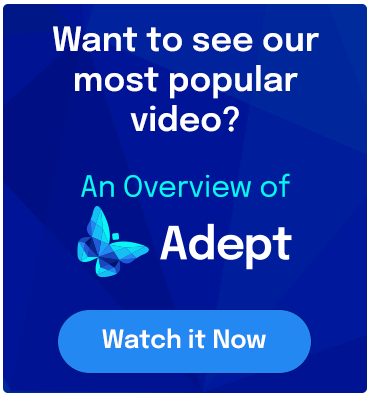I participate in a rural business development roundtable. At our most recent meeting somebody mentioned they wanted to find the owner of some property near town. All he had was a name and a possible home town. He asked me what I would do. I said “just a minute” and reached for my tablet. In 30 seconds I told him the owner’s residence and business addresses and telephone numbers, and in which church he was active. And I never got beyond the first two lines displayed in the typical Google search, and it was all in the first page Google presented.
In this era of instantaneous web search, many still think the World Wide Web consists of millions of discrete sources of information, instead of seeing it as one comprehensive reference work. We have been conditioned by centuries of sorting information using encyclopedias, card catalogs, telephone directories, parts catalogs, city directories, drawing cabinets, Windows folders and more. If we remain stuck in the old model, we think we must search through these sources, one by one, and then combine the information to him in on the answer we need.
Finding Information
My friend was still thinking in terms of location: “Where is the information I want?” I bypassed thinking about location and instead went to the central repository, where all the information was combined. When I asked Google, I didn’t need to worry about where to look. Instead, I could focus on the bits of information I knew and let Google combine all the information for me.
This shift of thinking has helped many people work faster and more efficiently in the engineering field, too. In the “old days,” to find out where a drawing was stored, you had to walk to a file room and look for a particular file cabinet and retrieve the paper document. When drawings moved to computers in order to open a document, you had to look in Windows folders, drill down through multiple levels of folders, and hope that you recognized the file name.
Gathering Information in a Central Place
The more modern way is to gather all the information into one central place in document management software. Once all the information about all the documents is centralized, you can quickly ask a question about any document, and let the computer do the rest of the work for you.
Of course, Google has a huge domain of “all knowledge on the internet,” which requires acres of servers. In order to use metadata to search for your own documents, just put them into document management software like Synergis Adept. Then, using details about the file such as a project number, client name, the last person to edit or approve, the computer narrows down the hundreds of thousands, or millions of documents to just the few that are relevant. By placing all your documents within Adept’s ecosystem, instead of wasting time asking “where can I go to find that information” use a number of basic search techniques that achieve a goal similar to the one I used when searching for the needle in a haystack piece of information about the guy in a neighboring town.
For example, Adept’s Search Card feature allows infinite refinement of search criteria. Looking for all jobs with “12-” in the job number? Type it into the search field. But that is just the start. Now you can search the previous results for the “ABC Company” files, and continue to drill deeper as needed, until you have a list of the exact files you need.
Adept Capabilities
Here are a few other capabilities that make searching in Adept a powerful way to get the file you need, without wasting time.
- Naming particular files as Favorites and sharing your favorite lists with colleagues)
- A Search Basket works like an online shopping cart; use it to accumulate a list of documents;
- Adept’s FileGuide lets you to browse data based on the values of database fields, in effect created a hybrid between browsing and searching.
- Full Text Search – search for files based on the text that is contained within the file using a variety of Boolean search strings available
- Audit Trail search – search for who did what throughout the lifecycle of a document l
- InBox – a notification that alerts you to the documents which have been assigned to you for editing or are part of an entire workflow process.
We have heard from our customers that searching is one of the biggest time savers because with the ever-growing amount of data contained within organizations, demonstrating yet another reason why using a document management solution is a smart choice for Synergis Adept. It seems there is considerable interest in saving time and being more efficient when searching for engineering information. Watch the on-demand recording.

